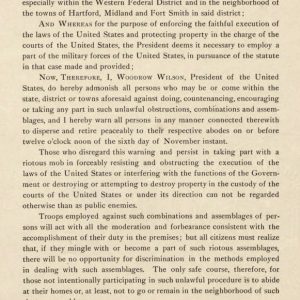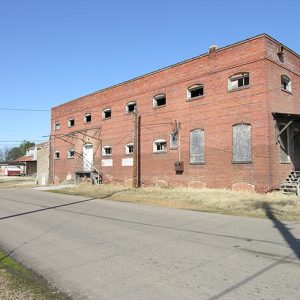Entry Category: Business and Economics - Starting with W
Winthrop Rockefeller Foundation
Wittenberg, Delony & Davidson Architects
Wolfe, Savannah Janine (Savvy) Shields
Women’s Foundation of Arkansas
Wood, Forrest Lee
 Woodrow Wilson Proclamation
Woodrow Wilson Proclamation
 Woolworth's
Woolworth's
 W. B. Worthen Gravesite
W. B. Worthen Gravesite
Worthen, William Booker (W. B.)
 Wynne Wholesale Commercial Historic District
Wynne Wholesale Commercial Historic District




